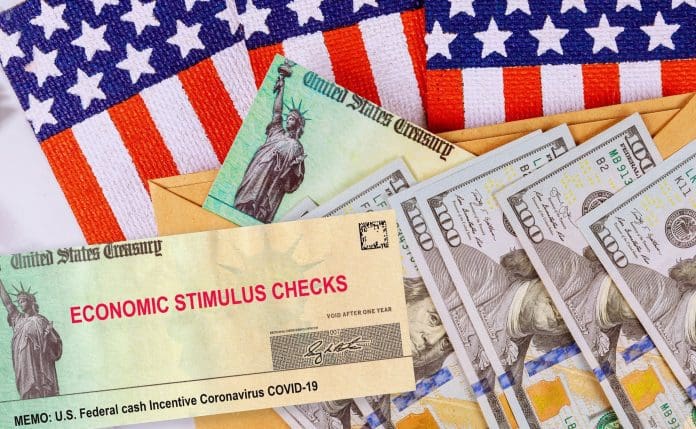The COVID-19 recession was nothing normal and coupled with state-issued lockdowns, put the economy into a contraction. More than 22 million workers faced unemployment.
The unprecedented nature of this crisis called for economic aid in the form of stimulus checks. This included unemployment benefits and even a forgivable small-business loan (also known as PPP). But all of these were not as popular as the direct stimulus checks.
The first round of stimulus checks was issued through the $2.2 trillion CARES Act, passed in March 2020. This was passed due to economic need and even its popularity. This was followed by checks in December 2020 and March 2021, worth $600 and $1,400.
In each round, some higher-income individuals got smaller checks or no checks at all.
Stimulus Checks Are Not History, Yet
The wind-down of the coronavirus crisis should be the end of the road for stimulus checks in America, right? Well, not necessarily.
While a fourth nationwide stimulus check is not in the works, it doesn’t mean stimulus programs are one for the history books. Here are four things to know about the future of stimulus checks in 2022 and beyond.
While some progressive activists are pushing for another check, neither Democratic nor Republican leadership is on board with another direct payment. The same goes for President Biden: When asked about it earlier this year, White House press secretary Jen Psaki told reporters that a fourth check wasn’t on the administration’s to-do list, and noted the checks “were not free.” She’s right: Stimulus checks don’t come cheap. The last round of $1,400 checks cost the federal government around $400 billion. For comparison, the combined GDP of North Dakota, Rhode Island, South Dakota, Montana, Alaska, Wyoming, and Vermont is just above $350 billion.
Secondly, the economy is doing much better now. Since May 2020, the economy has added 17.4 million jobs. The September unemployment rate of 4.8% is slightly below the 5% figure that economists have historically considered “full employment.” And it’s a far cry from the 14.8% rate hit in April 2020.






